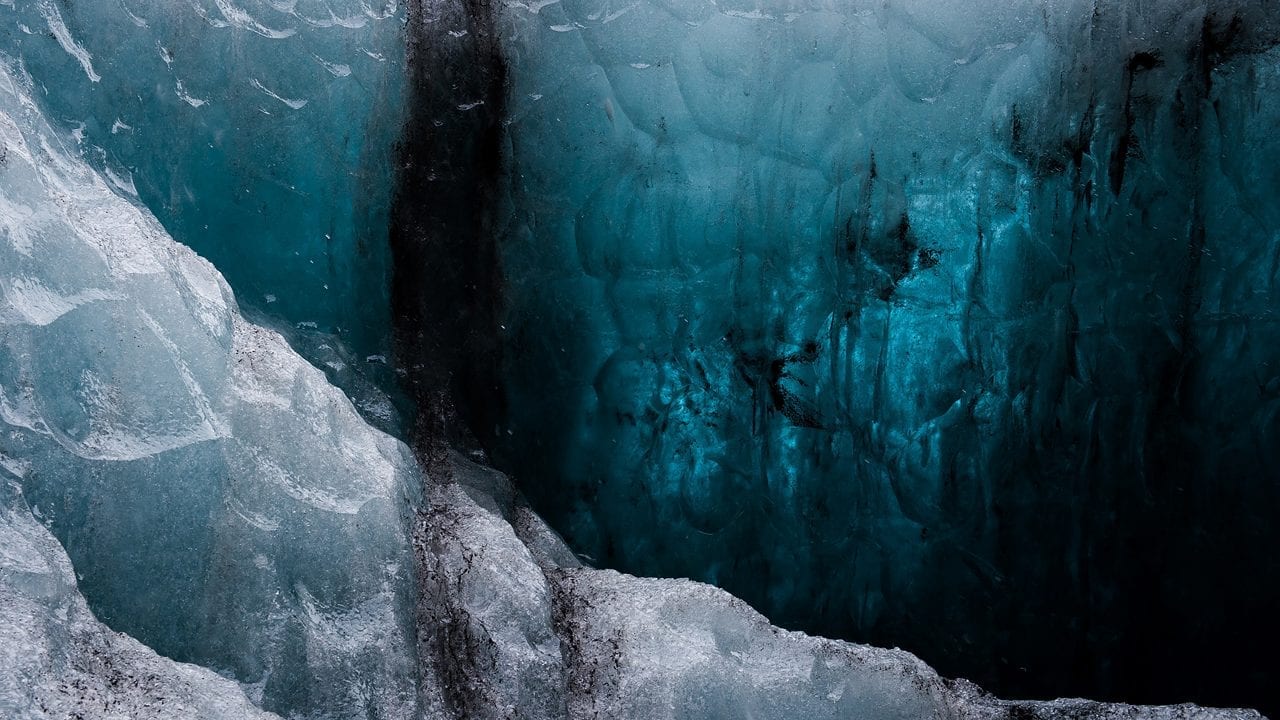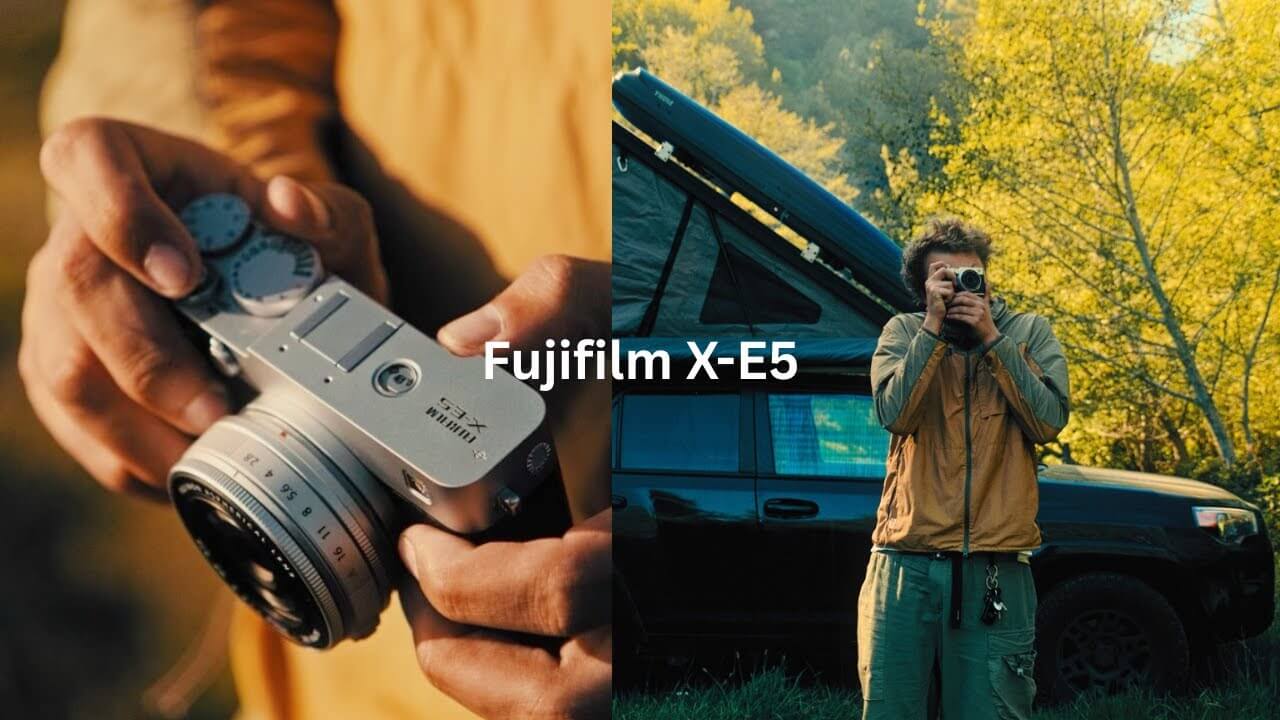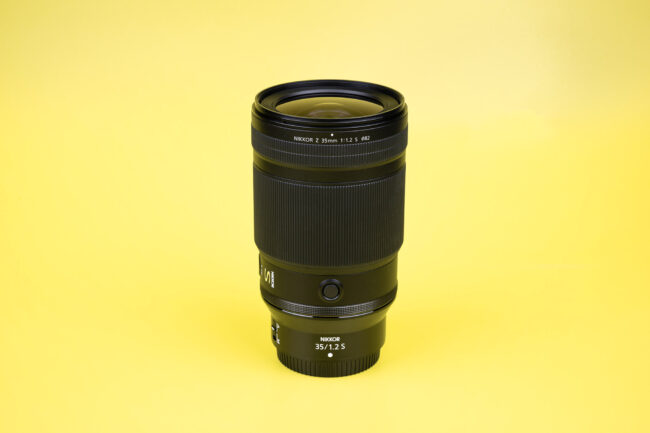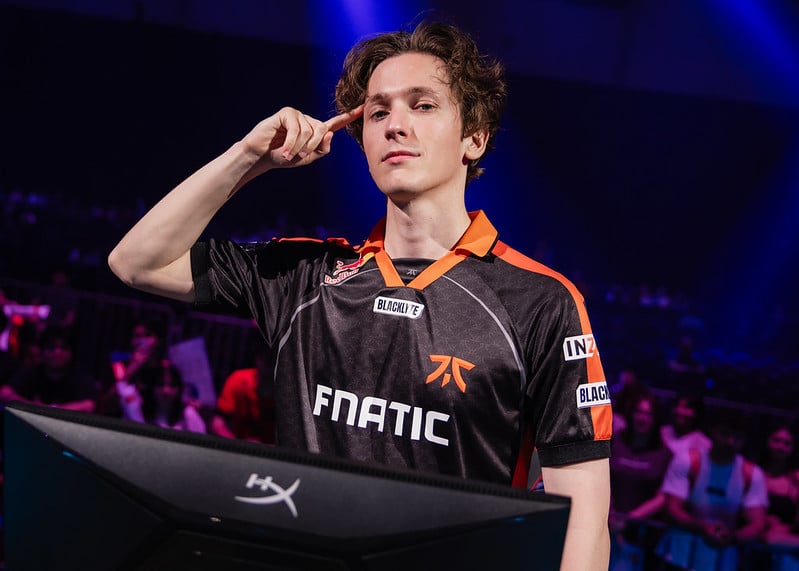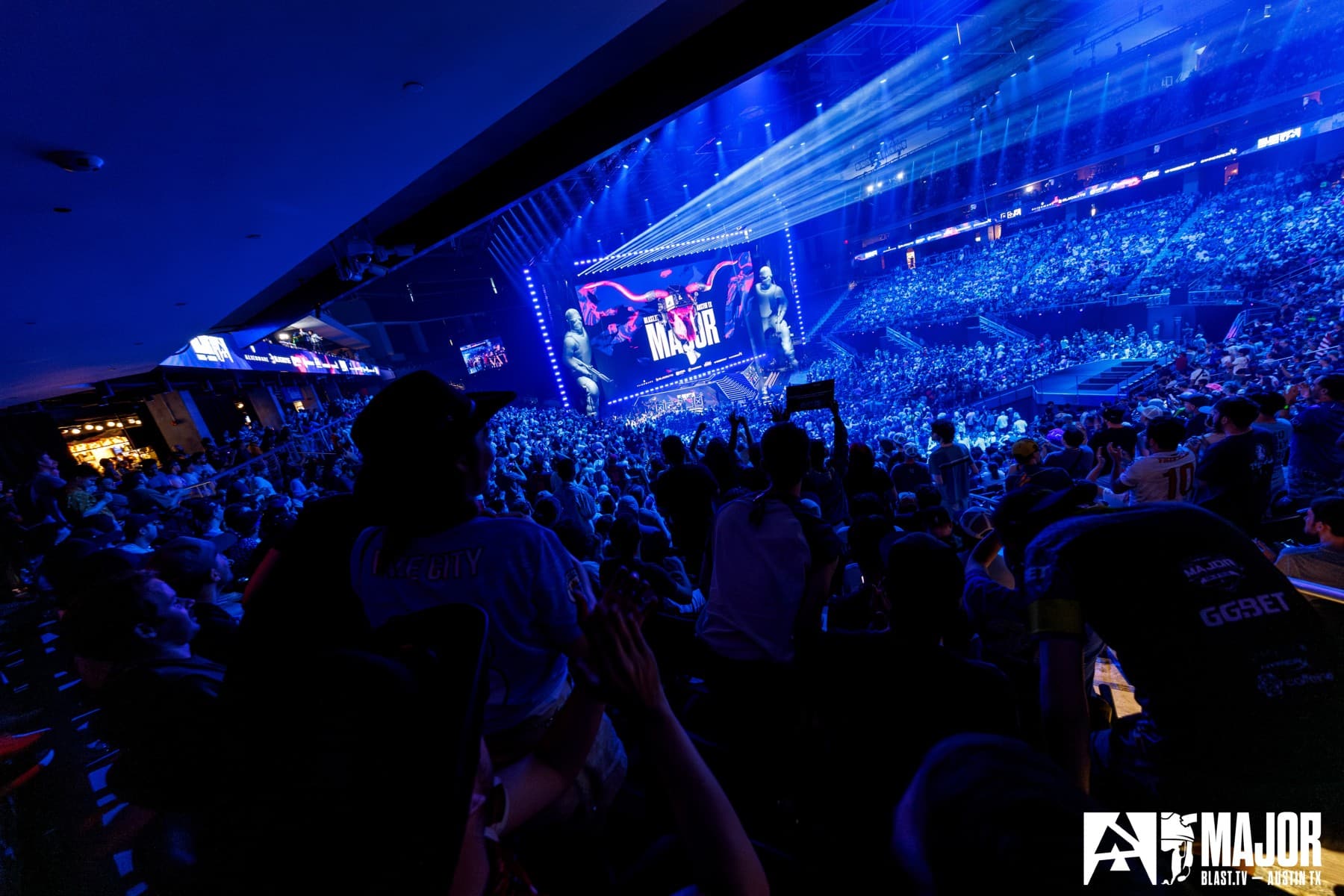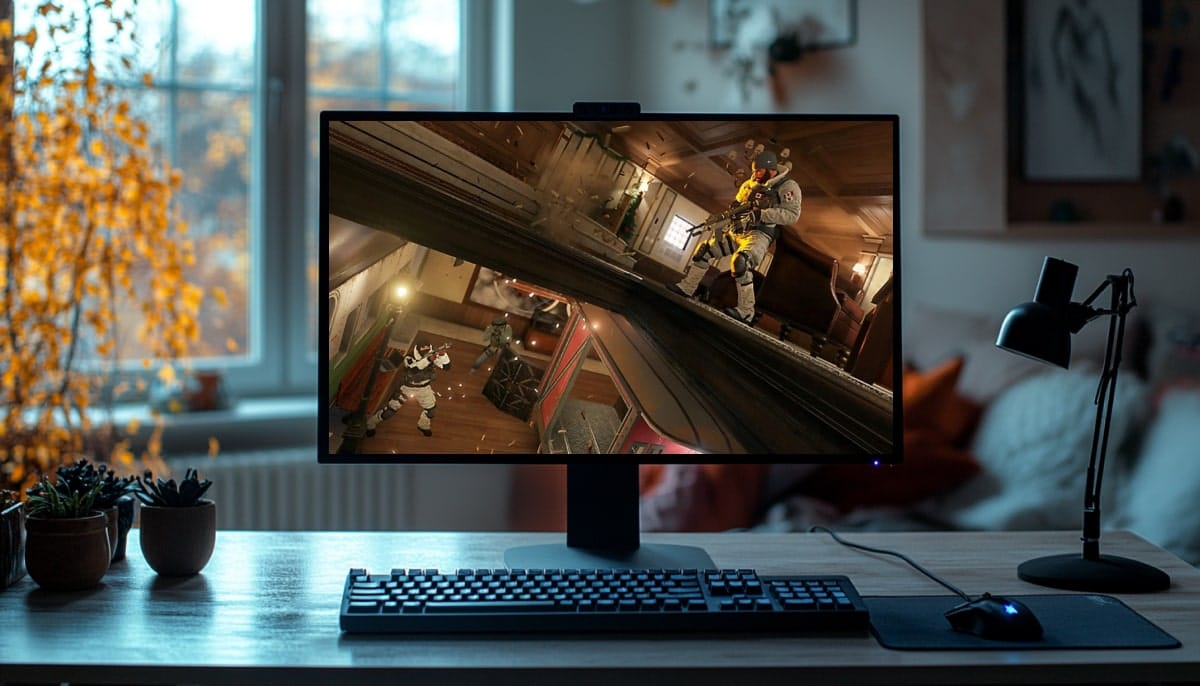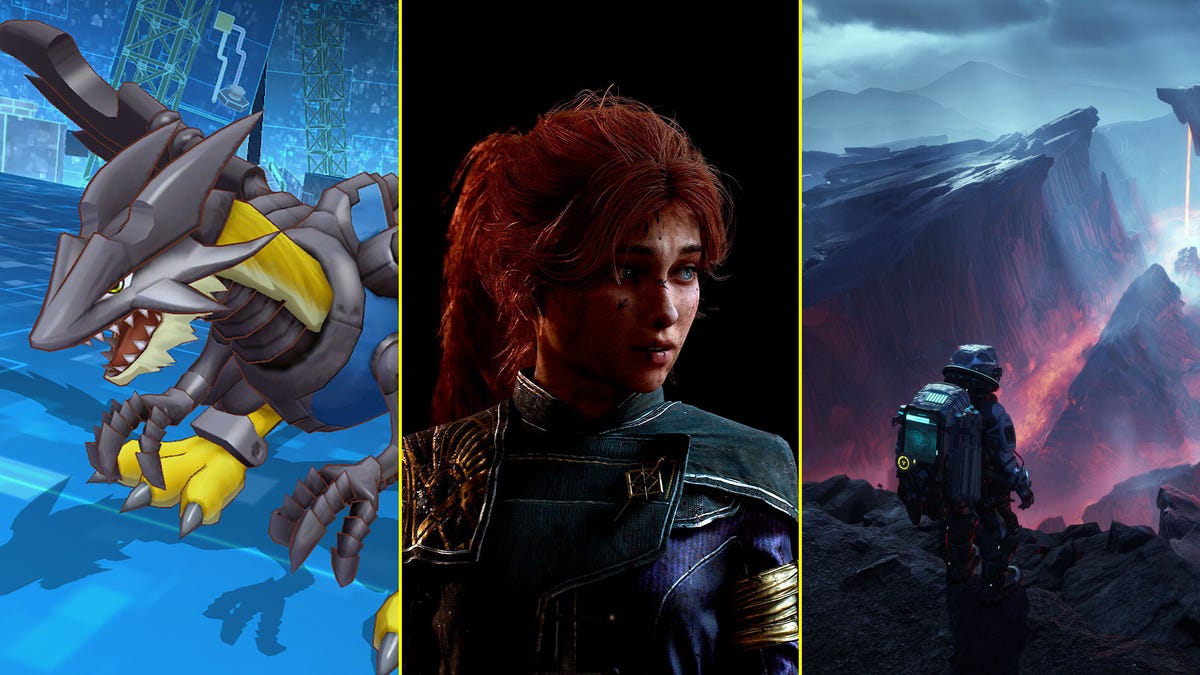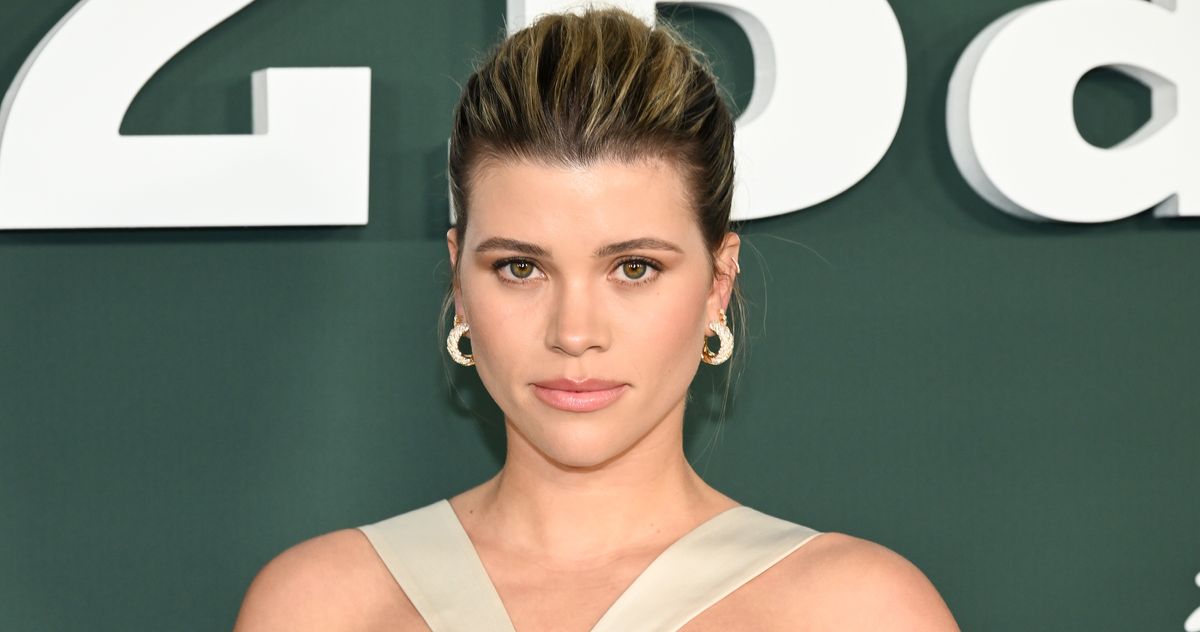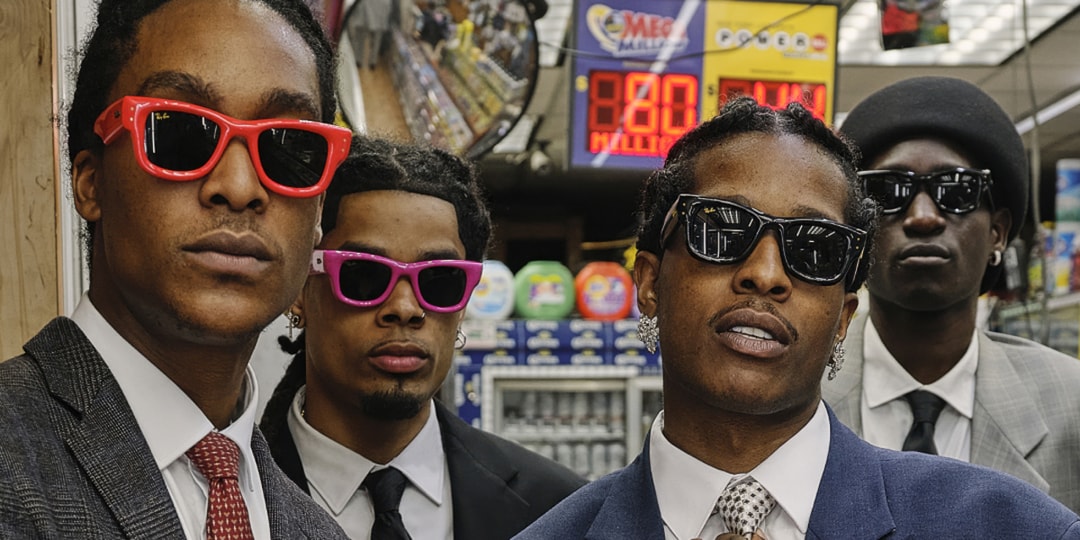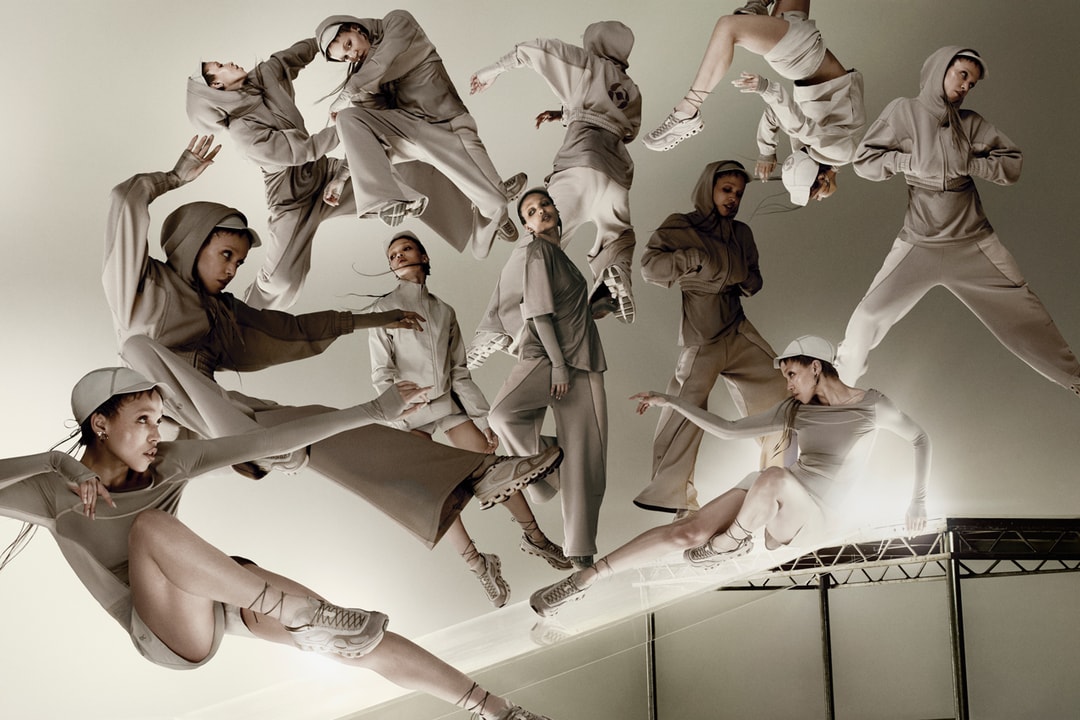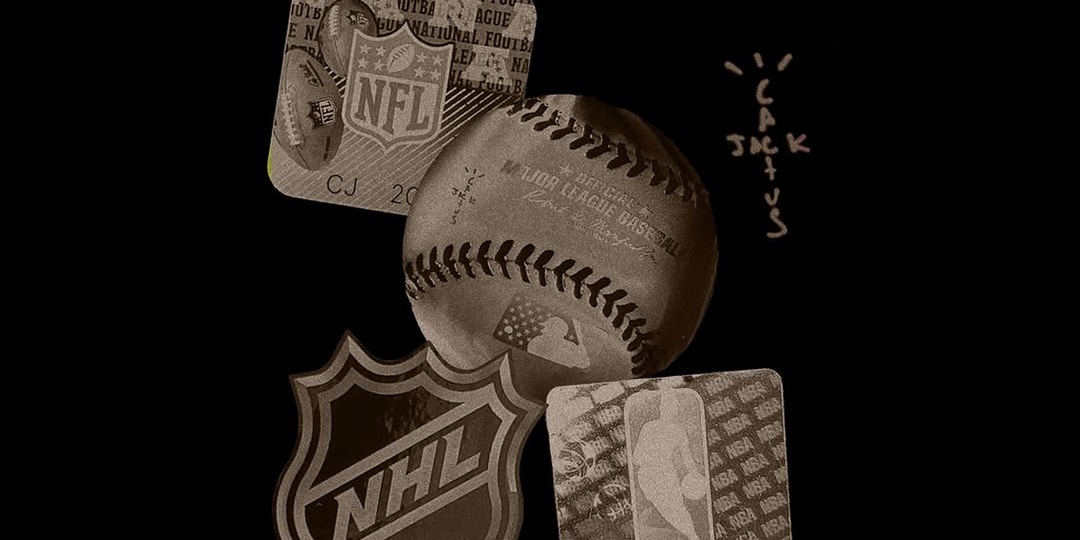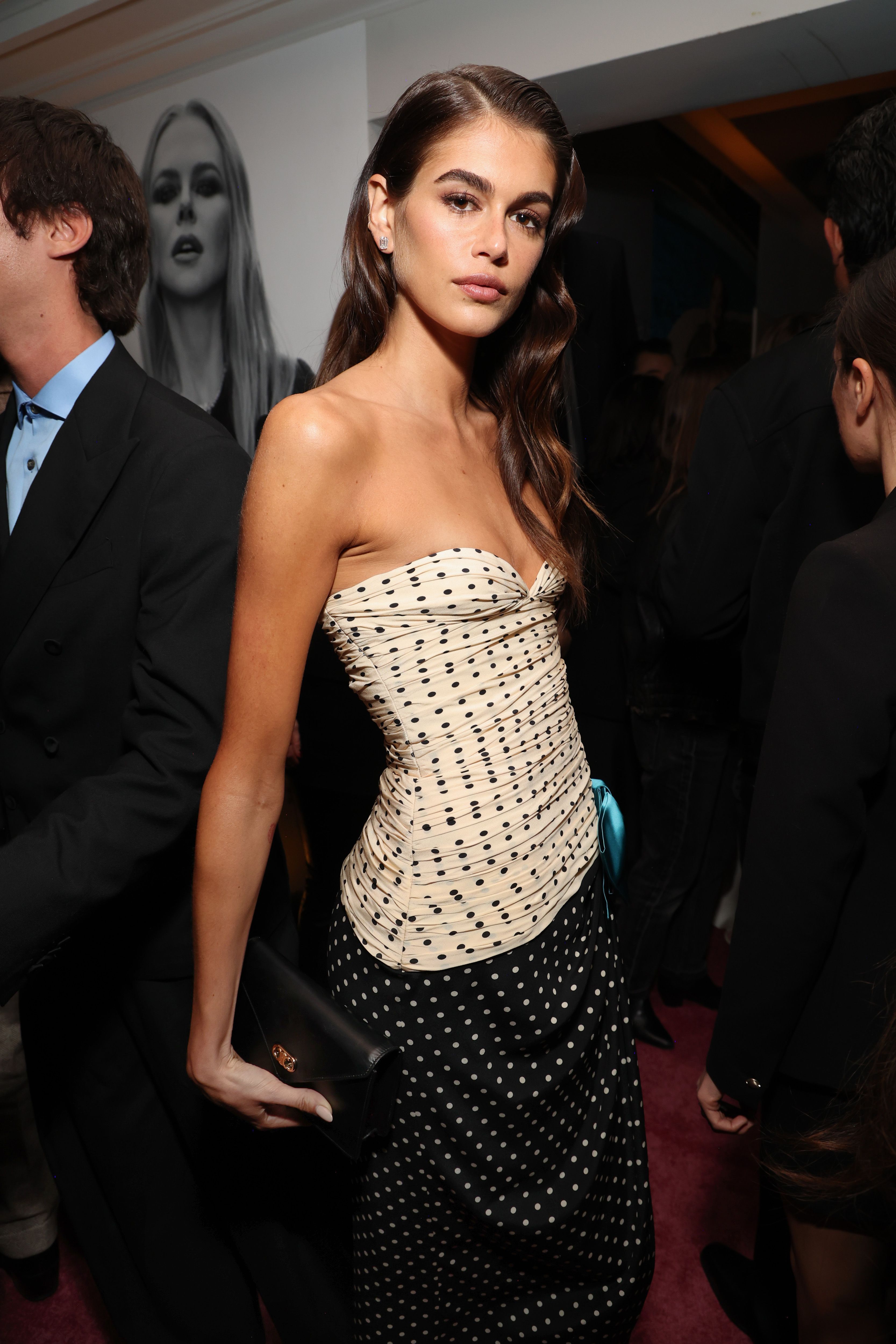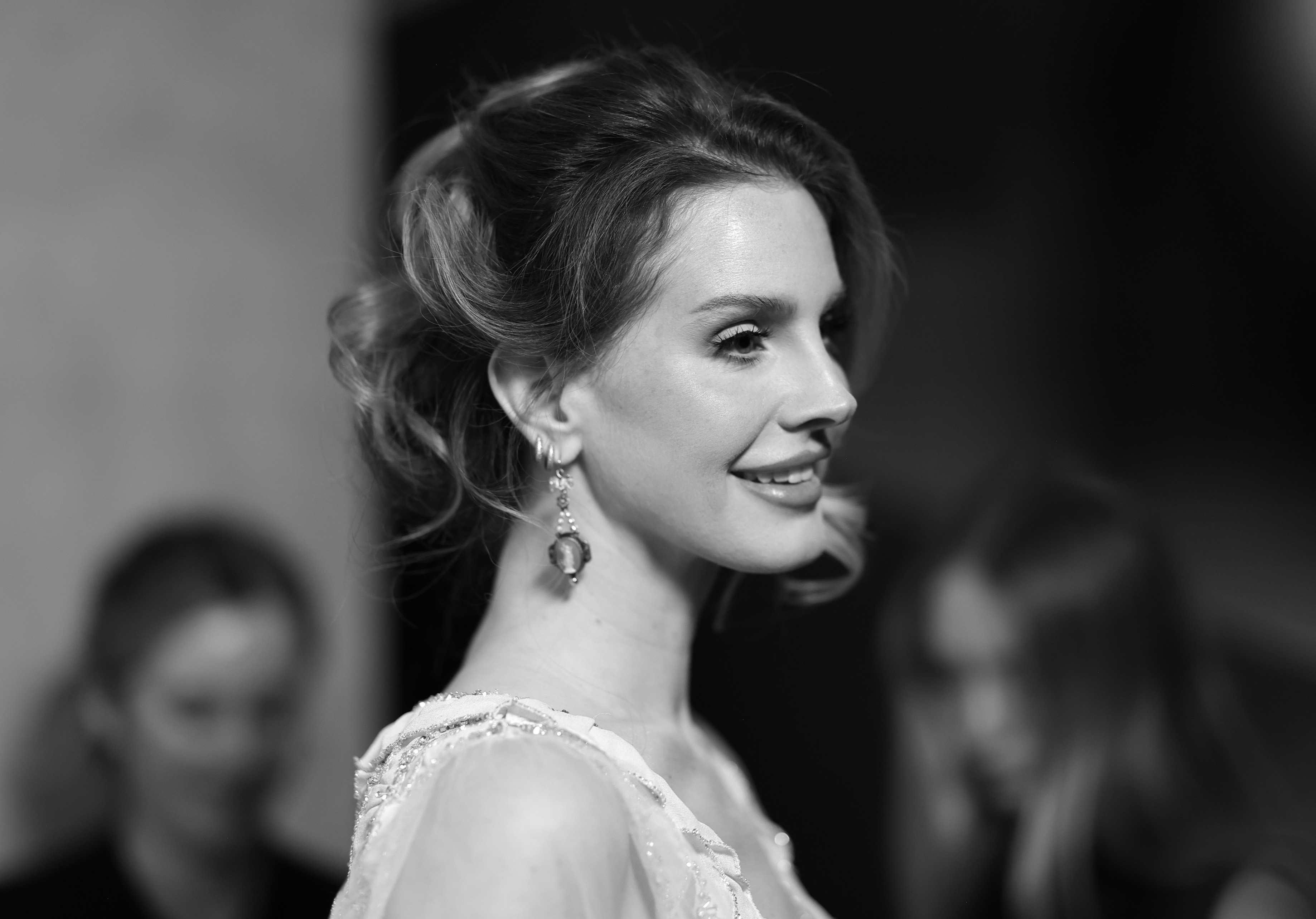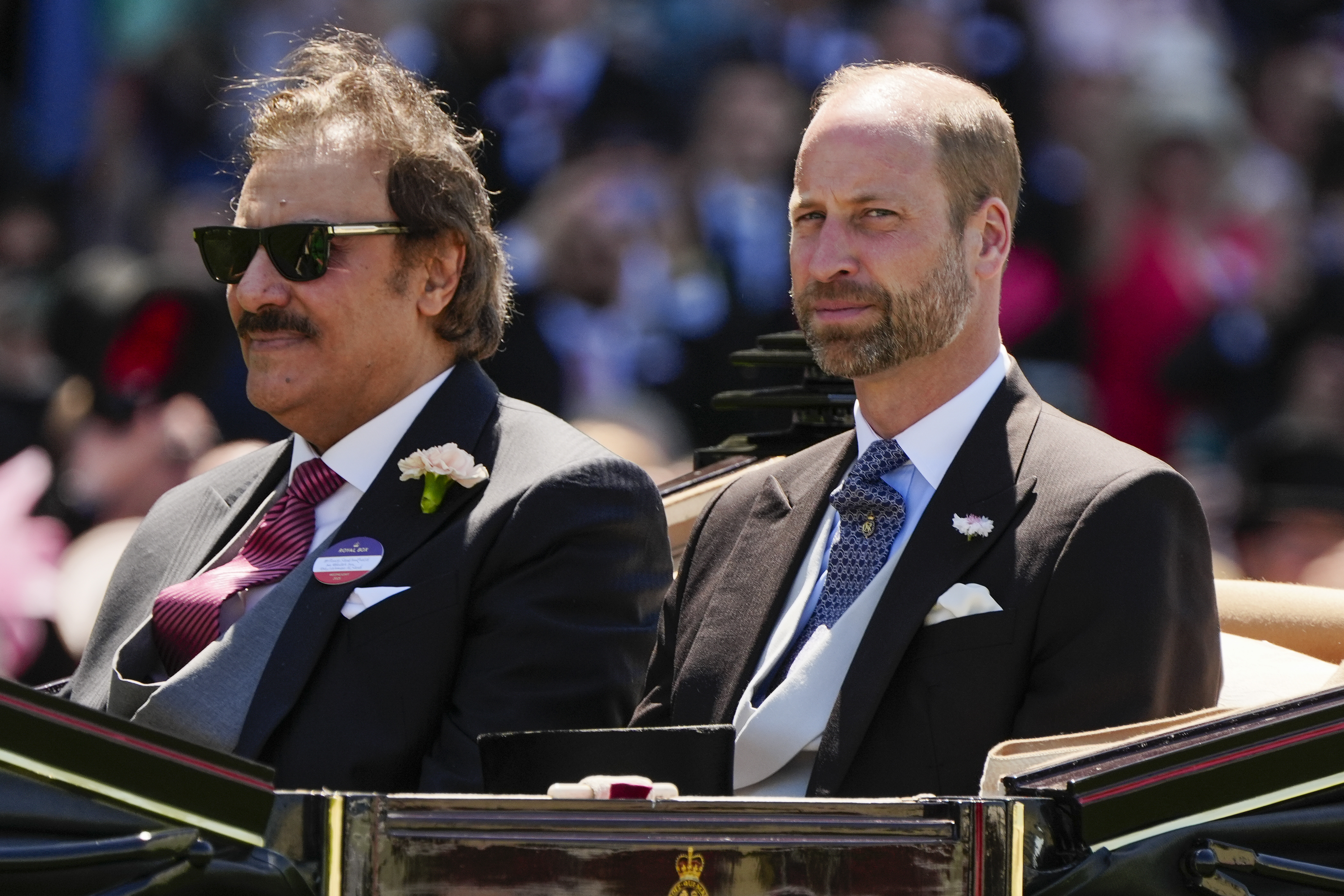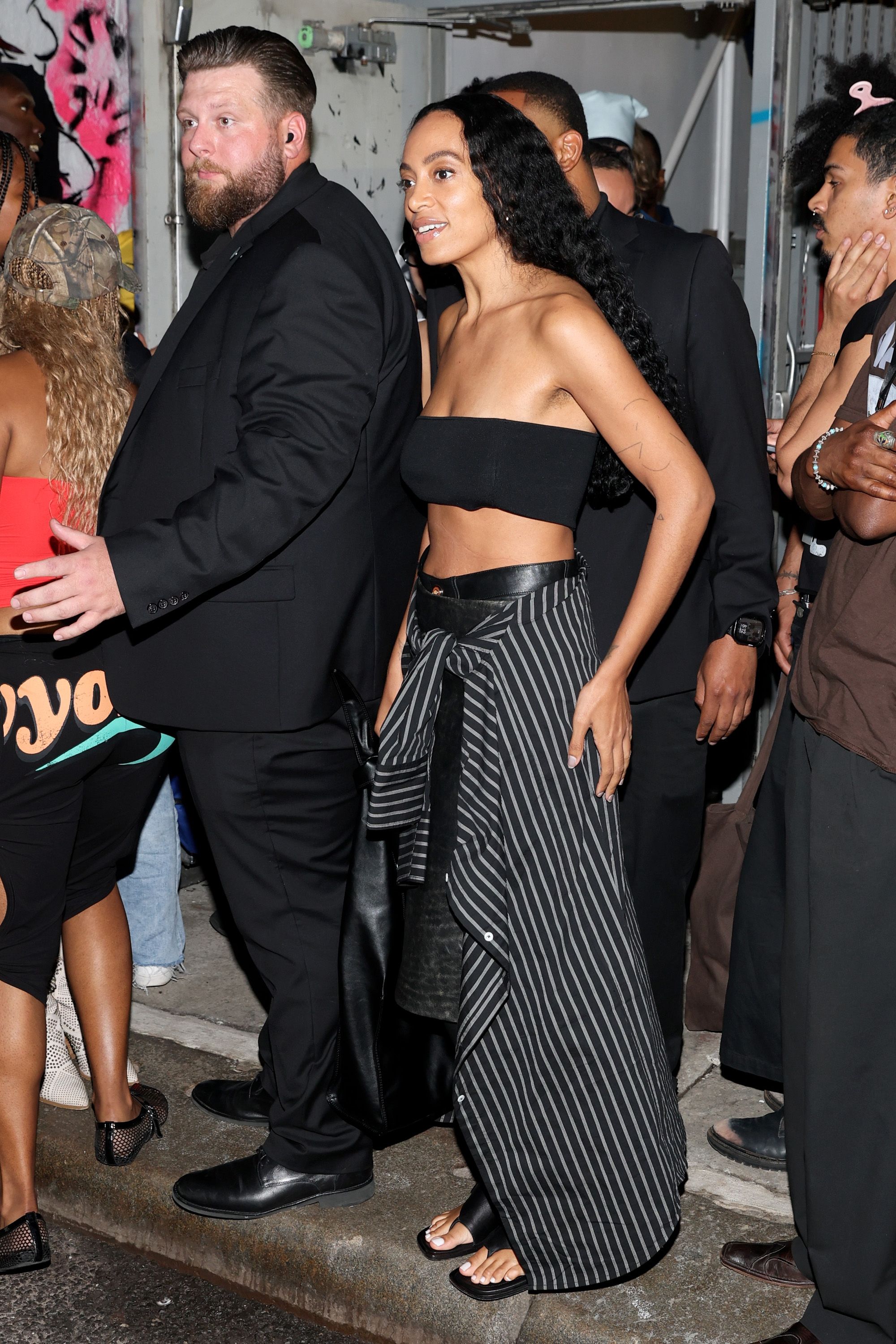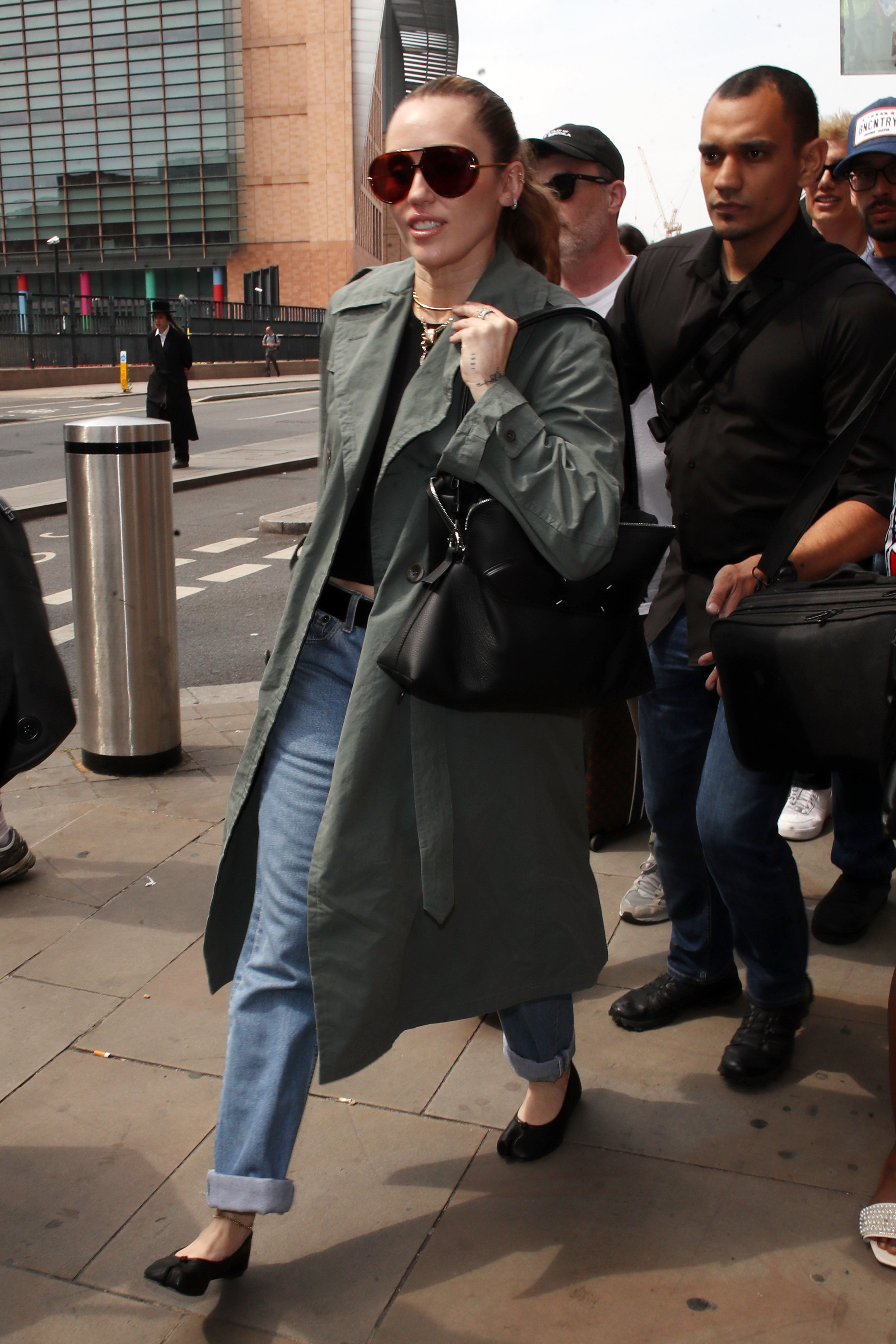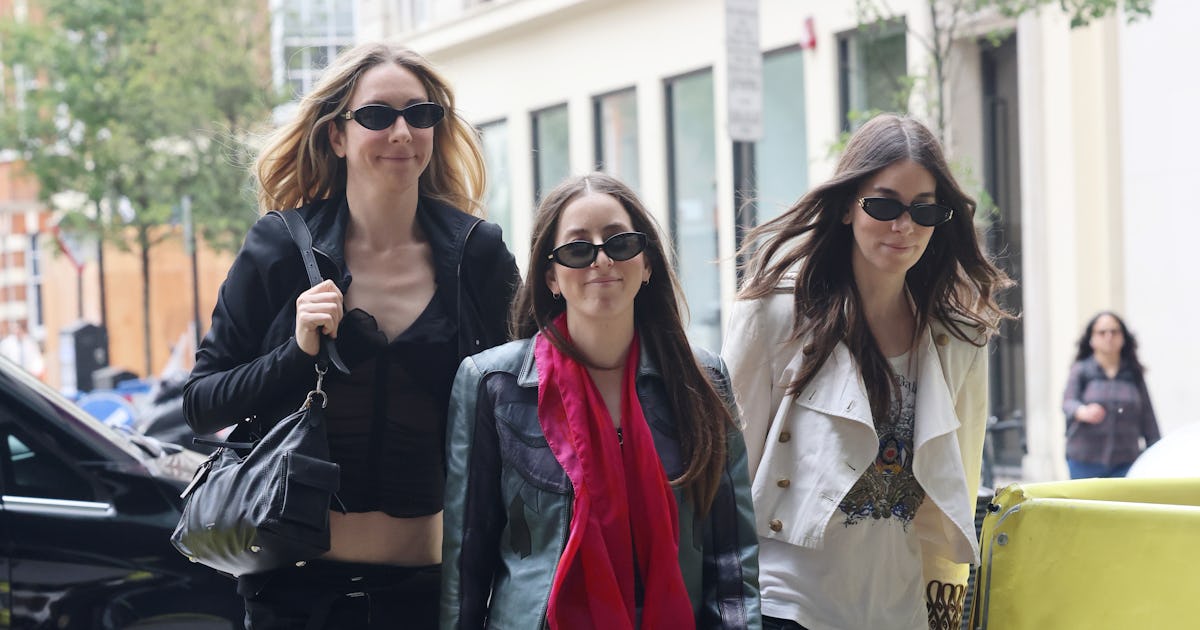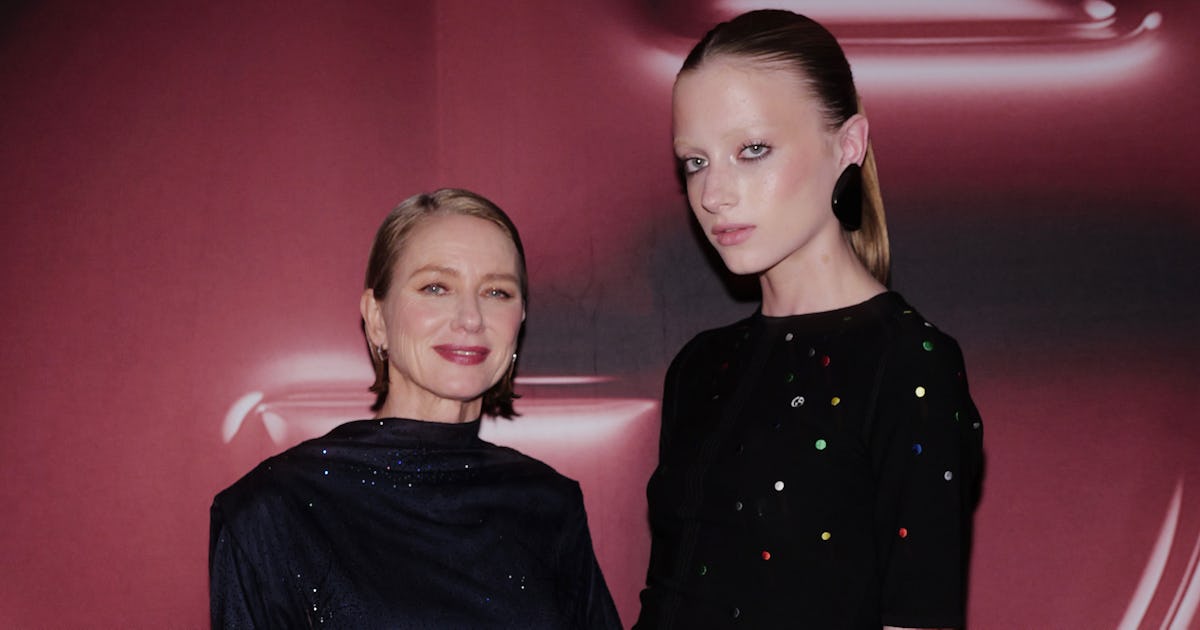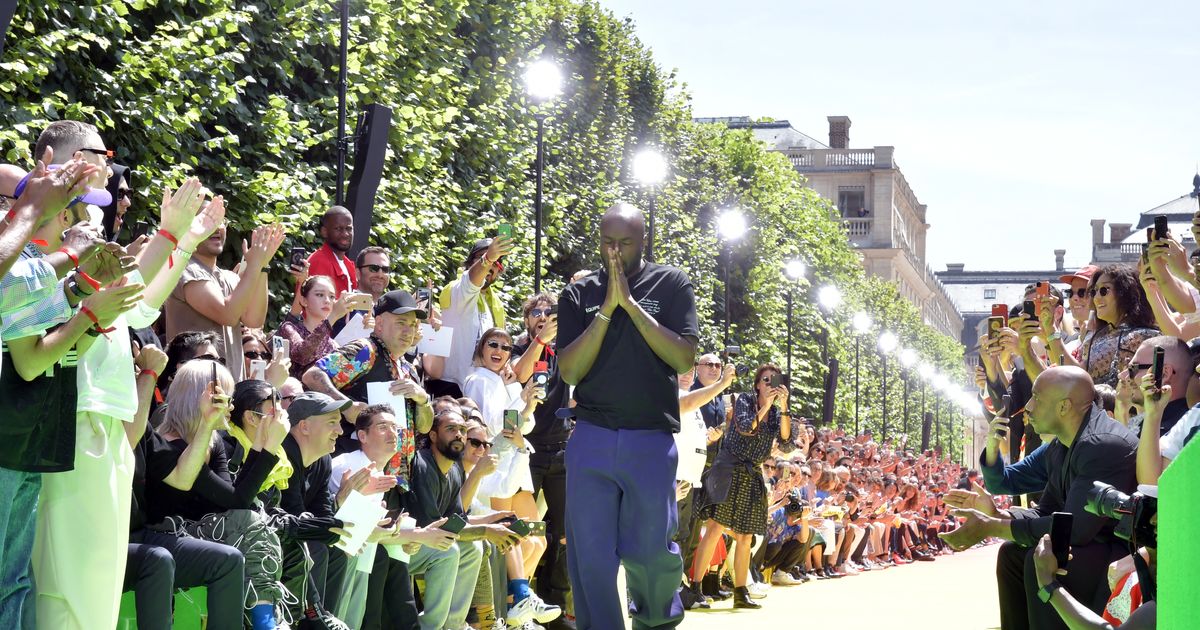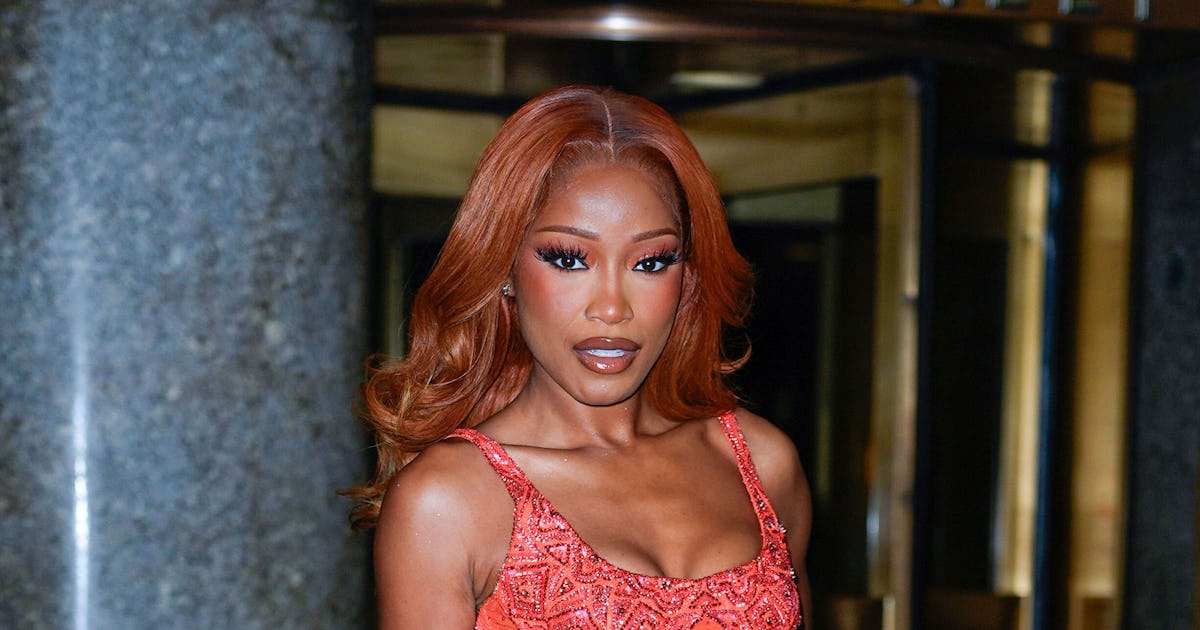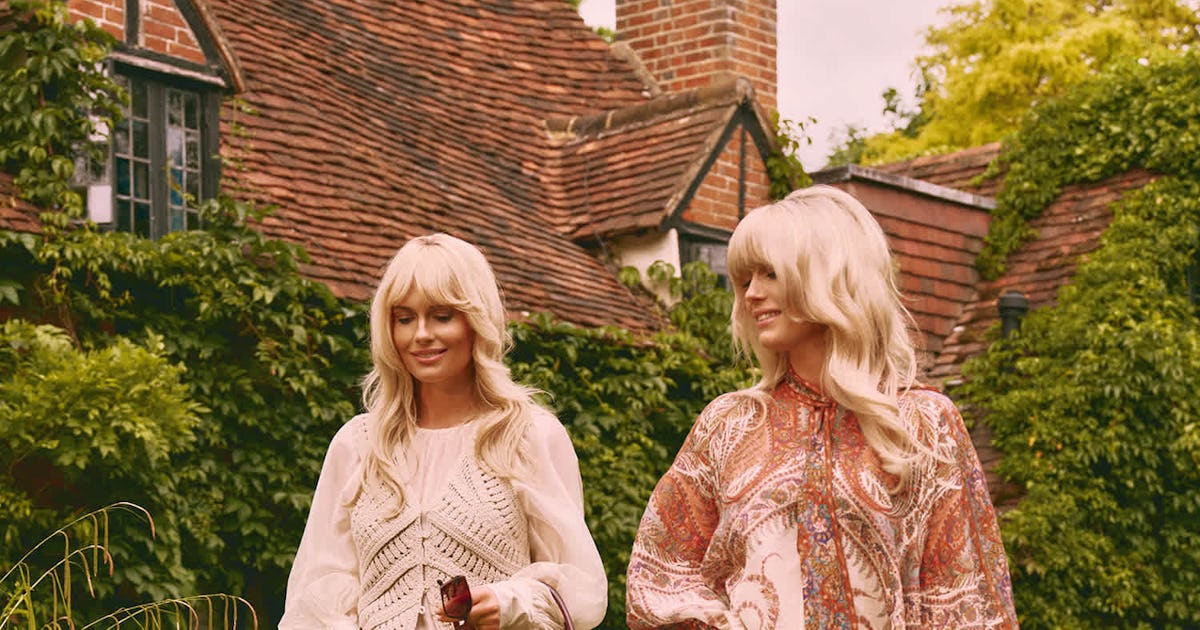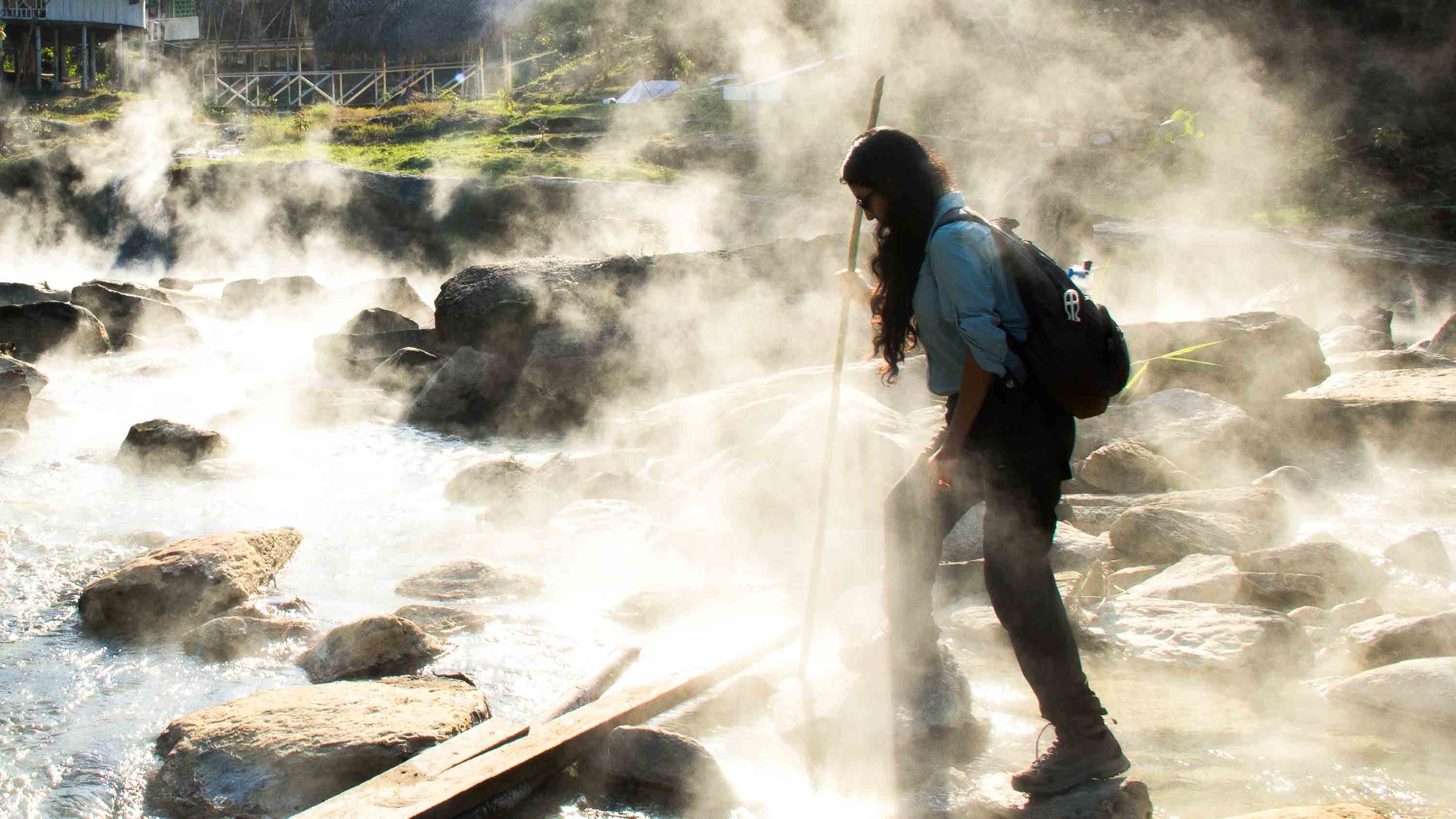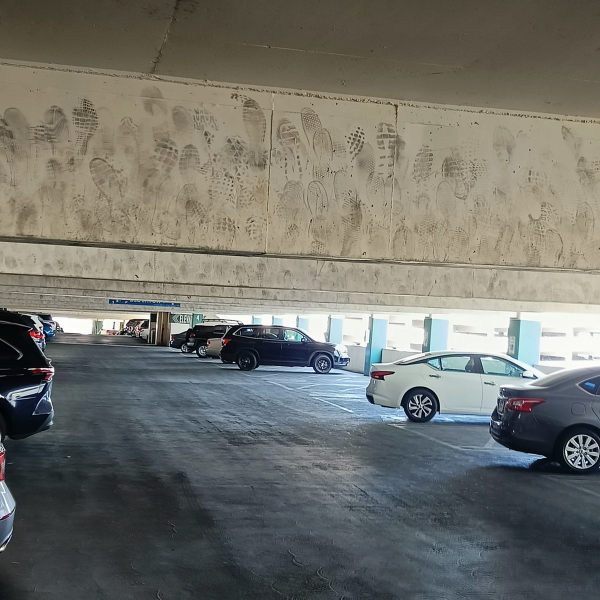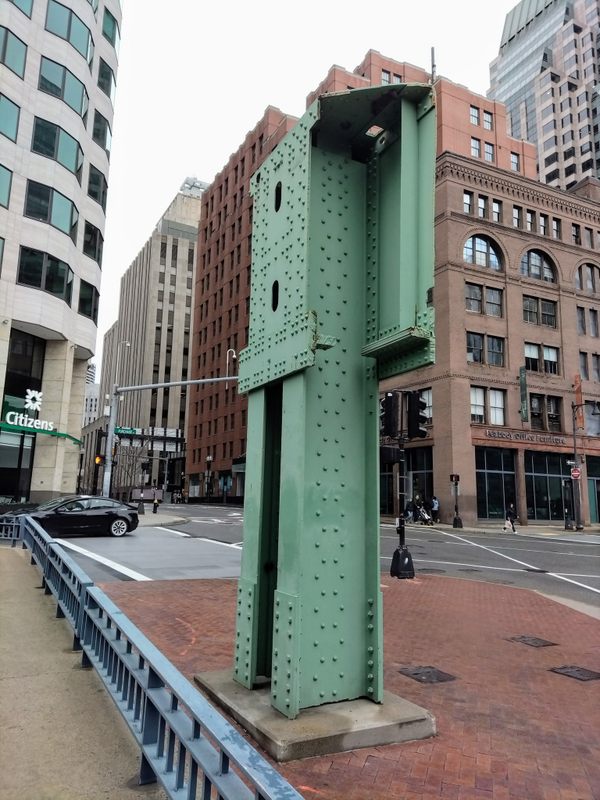28 Years Later and the Art of Waiting for the End of the World
28 Years Later is just the latest example of how humanity is really into thinking about the end of the world.


This week, 28 Years Later hits theaters, two real-world decades after Danny Boyle first rocked our world with his savage and sublime take on the zombie mythos. I remember sitting captivated in the theater as a young adult, spellbound by the revolutionary use of digital photography, the incredible articulation of an abandoned London, and the absolutely visceral storytelling. I’d seen good zombie movies before, but nothing like this, a film that took exported American zombie apocalyptic themes and retooled them through a British lens of geographic and personal isolation. The film trimmed all the fat away from the genre, but also refused to sand down any rough edges, resulting in a movie that was equal parts honest and terrifying.
Five years later, 28 Weeks Later director Juan Carlos Fresnadillo carried Boyle’s vision into the franchise wars with a remarkably different movie, a seemingly-post-apocalyptic family drama that surprised us all with its complex characters, superb performances, family themes, and perhaps most of all by being a sort of backdoor pilot to the true end of the world, a reality that unfolds mostly offscreen or in the final few shots.
28 Days Later exploded in 2002, 28 Weeks Later landed in 2007, and here we are 18 years later looking at another high-budget sequel, this one by the original director. Each installment of the story takes us further and further from the first day of apocalypse, carrying us into a stranger world of bizarre imagery yet startlingly familiar themes of betrayal, hopelessness, and the seeming inevitability of decay. And we are happily buying it.
I think the success of these movies bears asking the question: How do these films, and similar tales, keep happening? Why are they still made, why are they still good, and why do we keep flooding into theaters to see them? The answer perhaps lies in a more fundamental question: Why are we so obsessed with the end of the world?
The End
It is not a new phenomenon, to be sure. So let’s lay out the thesis, gentle reader; my imperfect but entertaining theory is as follows. The intersection of the inevitability of death and the unpredictable nature of existence is inherently terrifying. I think that’s true for most people, and especially true for Americans and folks largely raised on America’s entertainment influences.
Every zombie story is about death: The stars of the show are the shambling deceased, generally working hard to swell their ranks through bites and brain-eating. Death is inevitable, and zombie movies punch us in the mouth with that fact. But that’s only half of it. While we know death is certainly coming, we do not know when or how. We can predict that it must take place, but we typically have so little info on or control over how it will happen.
Every hospital you’ve ever seen is built to facilitate a delaying action against death, every ambulance ride is, at best, a brief reprieve before annihilation. You may pray at your church and believe you are heard and that you will live on past death, but you do not, you cannot, know. This is the maddening puzzle the zombie film unveils: that we all face obliteration and rot, but lack the power to face that event with surety of time, place, or purpose.
The end of the world carries with it the inherent heft of existential gravity. The final breaths of humankind means the end of anthropological history, art, and science, all that we have collectively built since we stopped being monkeys. It’s as consequential as anything our mind can wrap around: a cosmos that goes on without us, proving by going on that it doesn’t really need us at all. A terrifying indictment of our inconsequentiality before nature.
Let’s look at two traditions of prior art.
The Danse Macabre and the Living Dead
The first has its roots in the middle ages. The Danse Macabre was a widespread artistic movement that set images of jubilant skeletons against the trappings of everyday life. These grinning, dancing manifestations of mortality were created to remind us of the ubiquity of death in the experience of human life, both as a constant companion near us all our days and as an inevitable ending to our existence. Zombie movies are kind of a modern take on this same illumination.
The tradition, which extended through the late medieval period, forced the beholder to graphically confront the same two fears as zombie fiction: the inevitability of destruction and the relative human powerlessness in affecting, or even understanding, that outcome. Kings, paupers, knights, clergy, none are spared from the Danse Macabre.
The symbolism at work in this art was the product of what was, in comparison to our world, a pre-entertainment culture. While there were certainly diversions in medieval Europe like gambling, alcohol, and music, the idea of commoditized entertainment like what we enjoy today was still quite primitive. Danse Macabre was, like a great deal of visual art from the era, a moral teaching tool combined with a bit of wonder, drawing on symbolism to inform and persuade. It parallels some ideas from the oft-misunderstood biblical book of Revelation: not so much intended to be read as any specific oracle of when and how the world will end, but rather, a symbolic telling of how apocalyptic events previous, contemporary, and future tend to play out. Revelation is less a prophecy than an observation: a coded message to the reader that these are the types of signs and events that accompany a great and destructive moment in history. Indeed, the word Revelation itself translates to ancient Greek as “apocalypse.”
The second, more contemporary manifestation actually bridges directly into the earliest popular zombie storytelling: the awesome horror of the nuclear age, and the art it spawned prior to the zombie storytelling revolution.
Night of the Living Dead co-creator and director George Romero alludes to strange space radiation as the cause of the dead’s rise in his film, overtly connecting the nuclear paranoia of ’50s and ’60s cinema to the coming trend of zombie apocalypses. Before Night of the Living Dead, the same purpose of apocalyptic entertainment was fulfilled by the threat of nuclear war, the split atom, and the fear of Sputnik and death from on high. The invention of nuclear weapons presented humanity with an ethical and practical dilemma unprecedented in history. For the first time, humankind had the means to destroy itself in a matter of hours. A strange dichotomy took hold in life: the relative postwar prosperity (and subsequent rise in entertainment culture) juxtaposed against the constant threat of annihilation. The end of the world seemed assured. We just didn’t know when. Once again, those two complementary fears.
From that tension, a new and deeply flawed ethos was born: the illusion of utter powerlessness in the face of discovery. Rod Serling put it best in his masterpiece Seven Days in May: “The enemy's an age - a nuclear age. It happens to have killed man's faith in his ability to influence what happens to him. And out of this comes a sickness, and out of sickness a frustration, a feeling of impotence, helplessness, weakness. And from this, this desperation, we look for a champion in red, white, and blue. Every now and then a man on a white horse rides by, and we appoint him to be our personal god for the duration.”
Thus was born the great atomic menace of American popular art, the paranoia that fueled a thousand 1950s double-features. The Day the Earth Stood Still. Them! Invasion of the Body Snatchers. The Incredible Shrinking Man. The Japanese cinematic masterpiece Godzilla. The accouterments are different from zombie films, but the themes are fears are the same: Death is coming, but we don’t know exactly when.
Our Greatest Enemy
One thing that these atomic pics (and the novels born alongside them like Alas, Babylon) are careful to note is that, whether the immediate foe seems to be radiation or not, it’s usually instead human nature. Most of these films hinge on the treachery of a second-act betrayal by some ordinary survivor that gets everyone else killed or in deep trouble. Zombie film watchers will instantly recognize that trope: It’s there from Night of the Living Dead onward.
Over the 57 years since Night of the Living Dead created the formula, popular culture has been selling a vision of our inevitable collapse at the hands of shambling, undead hordes. We’ve watched zombies, walkers, ghouls, biters, and the living dead devour the flesh and brains of countless thousands, shambling through malls and military bases and the seats of power. We’ve watched again and again until the genre has expertly parodied itself in Shaun of the Dead, badly parodied itself in Zombie Strippers, and spread from Magic the Gathering to board games to Zombie Dice. Hell, Michael Jackson danced as a zombie in the second-best music video ever (“Weapon of Choice” is still #1). And we still aren’t tired of it. We've coined “zombie fatigue” to describe the over-saturation of the market, but The Last of Us TV series? Fungus zombies. Fallout’s breakout character? Badass cowboy gunslinger zombie. We are still buying the end of the world, I suspect because we feel it getting closer.
That’s why we’ll go watch 28 Years Later this week: because the problems we’ve built have fooled us into feeling they are too big to fix, and it’s easier to buy popcorn and a Coke and watch the end play out than to confront our own sense of powerlessness. And that, friends, is the scariest thing I can think of.
Jared Petty is a video game writer who also happens to hold undergraduate and graduate degrees in religious studies. He also once saw a duck fired out of a cannon. True story. You can find him at Bluesky as pettycommajared and at Threads as https://www.threads.com/@pettycommajared.







































